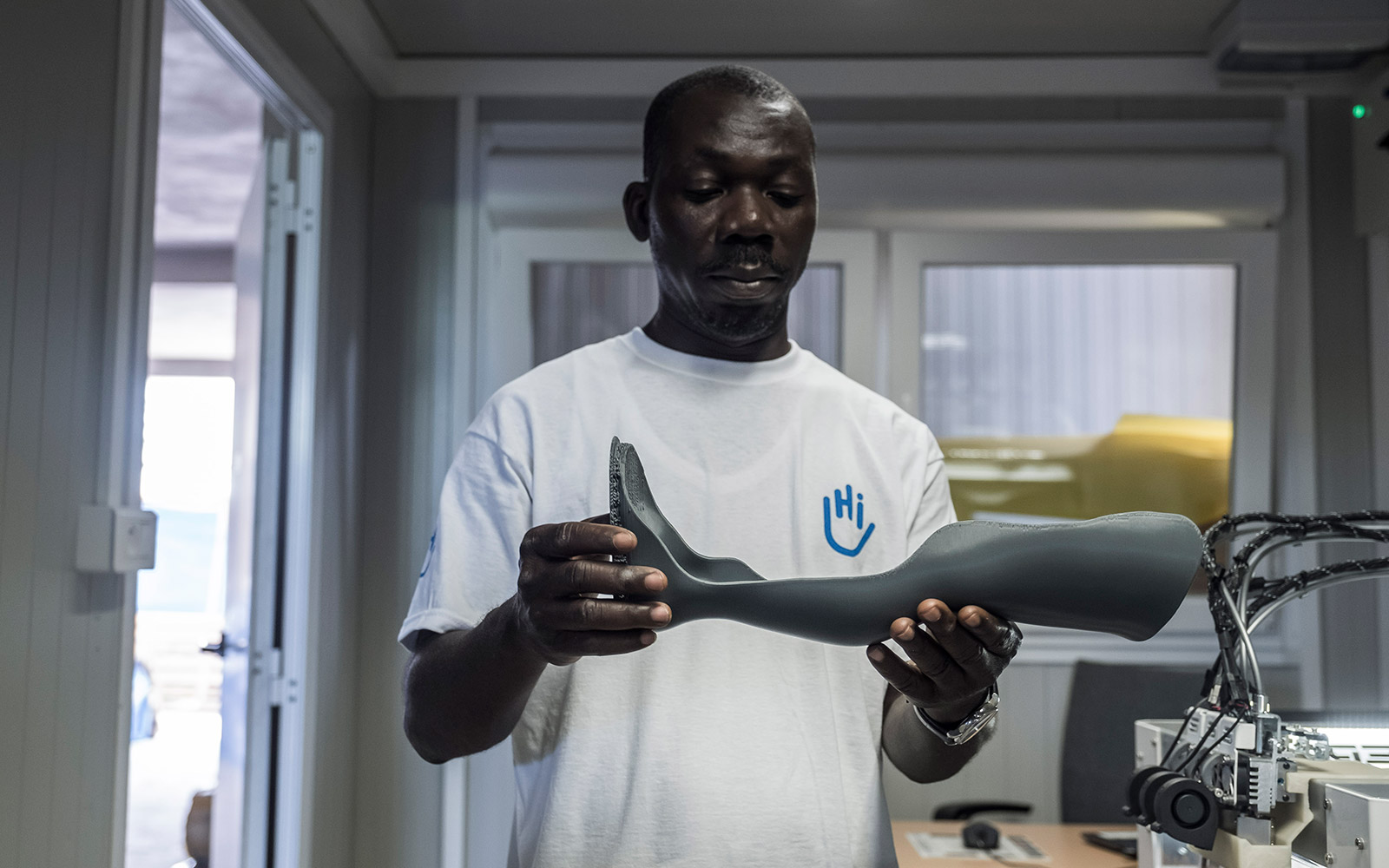Over the last 40 years of our operational experience, HI has been trying to enhance its actions, methods, and its organization by searching for new and improved solutions to the challenges we face. The 2016 - 2025 strategy emphasizes the importance of innovation to our organization and states that it must be at the heart of every step of our added value. 3D-printed orthopaedic devices, telerehabilitation, support for demining practices using drones... The possibilities are endless.
Definition
How do we differentiate between innovative and conventional programming?
Humanitarian innovation is an iterative process focused on problem-solving not on existing technological solutions. It must be inclusive and take into account all possible ways of resolving a given issue. It must not be solely based on technological innovation, but must also take social interactions into consideration.
This iterative process identifies, adjusts and disseminates ideas to strengthen humanitarian work :
IDENTIFY
Clearly identify the problems we face.
SHARE
Share our ideas, identify new technologies or approaches.
REPRODUCE
Reproduce ideas which offer proven added-value.
Conditions for successful innovation
HI has identified 10 key success factors for innovation projects to support its approach:
- Think “problem to solve” not solutions
- Focus on the impact, the expected “progress”
- Use layman’s terms: innovation is not restricted to specialists
- Remain open to opportunities and experience from other sectors
- Accept that mistakes are a way of making progress, accept the need to get things wrong
- An iterative approach with rapid testing and prototype phases
- Involve the beneficiaries and programme teams
- Do not expect rapid development
- Stay aligned with our values
- Organise and prioritise the ideas to work on
More rapidly and accurately understand our intervention contexts, specifically in emergency settings
To ensure and improve the efficiency of our humanitarian response, we need an accurate picture of the intervention context when an emergency arises. We must identify the worst-affected zones and the populations hardest hit by the crisis or disaster.
Today, the teams in the field have this information, but it takes time to obtain it. Innovation can make this data more accurate and more rapidly available. For example, to restore land contaminated by mines and other explosive remnants of war to the population, we are developing our capacity to produce and analyse aerial imagery by using drones.
Dematerialise our expertise to get closer to communities
In our countries of intervention, there is not enough expertise available locally to reach all communities and cover all identified needs. For example: in remote or conflict areas, there is a lack of rehabilitation professionals, the equipment is expensive, and access to rehabilitation services is difficult. We are therefore working to bring resources closer to the communities through additive technologies, in this case, 3D printing of orthopaedic devices, and telerehabilitation.
Make our approaches more inclusive and promote participation
The challenge is to identify innovative solutions to improve the inclusion of people with disabilities and vulnerable groups in humanitarian responses. To this end, HI has decided to pool its resources and attempt to create the first digital toolbox for implementing reasonsable adjustments in low and middle-income countries. We hope that this idea will help employers understand that very simple adjustments can make a difference and encourage them to work with people with disabilities across the world
Make our approaches more efficient and responsible
Our fourth area of focus is the search for innovative solutions to make our responses more efficient, to help as many people as possible and to develop sustainable and environmentally friendly solutions. This efficiency must meet ethical standards: in this sense, HI fully adheres to the 9 principles for digital development and pays particular attention to data protection.
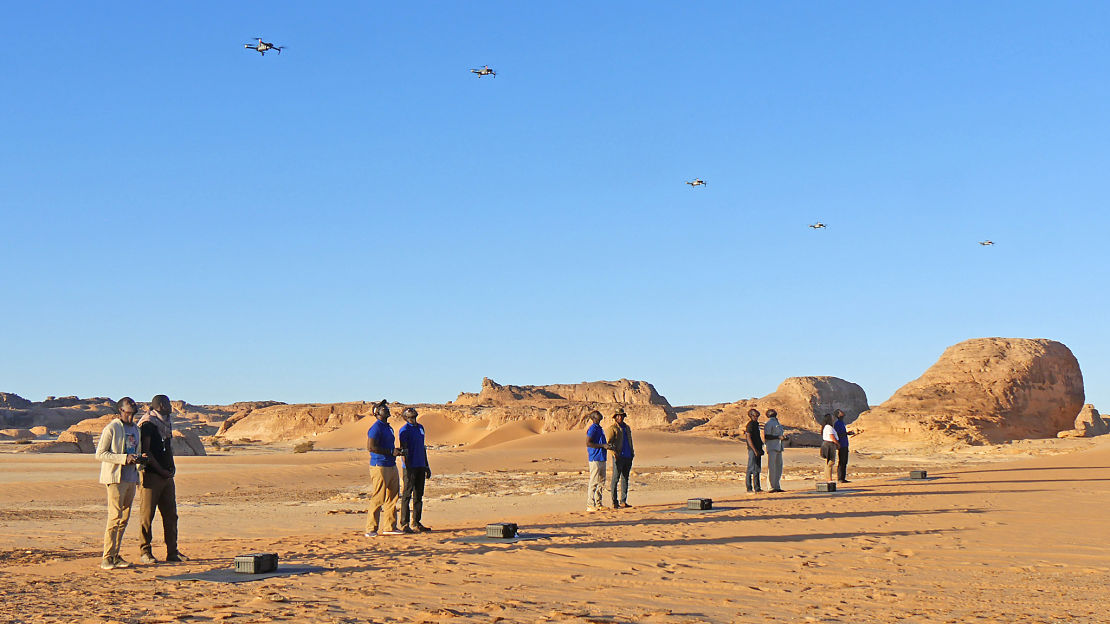



Odyssey 2025, Mine action
The Odyssey 2025 project aims to improve the quality of field assessments - and thus of humanitarian demining - through the use of drones. The drones capture images in the visible spectrum or at other frequencies with a ground-penetrating radar signal, allowing us to detect mines more accurately and rapidly.
72 HEURES
notre temps de réponse
opérationnelle
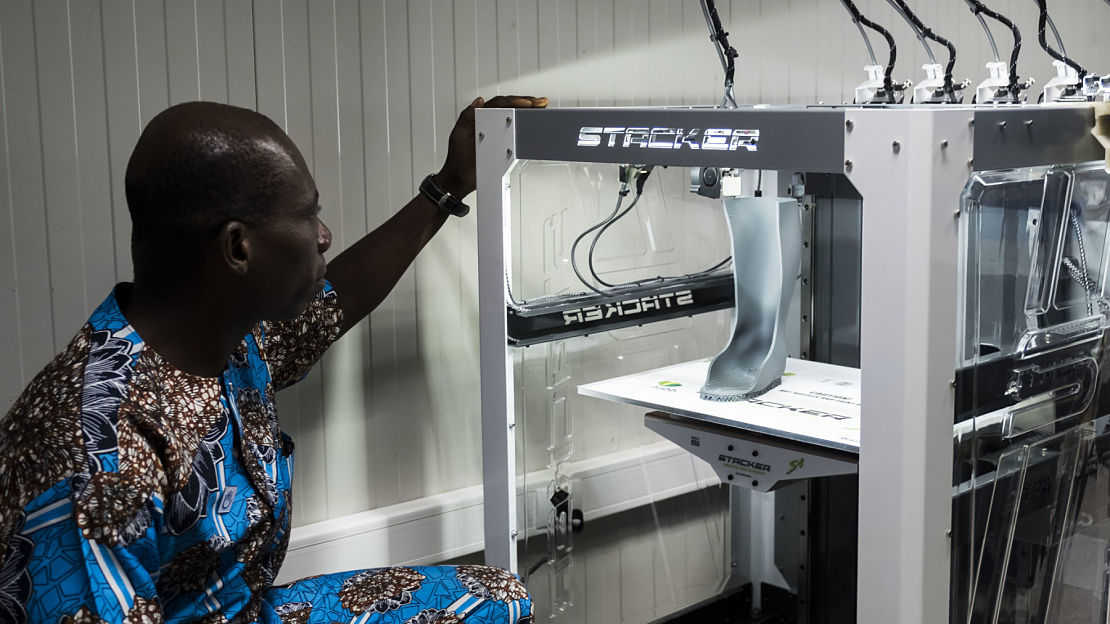



TeReFA (Telerehabilitation For All)
TeReFA is a people-centered approach to digital transformation of the healthcare pathway for a person in need of physical rehabilitation and orthopaedic devices. TeReFA uses the potential of emerging technologies such as Information and Communication Technologies and 3D printing to address the causes of the lack of access to rehabilitation services in complex settings.
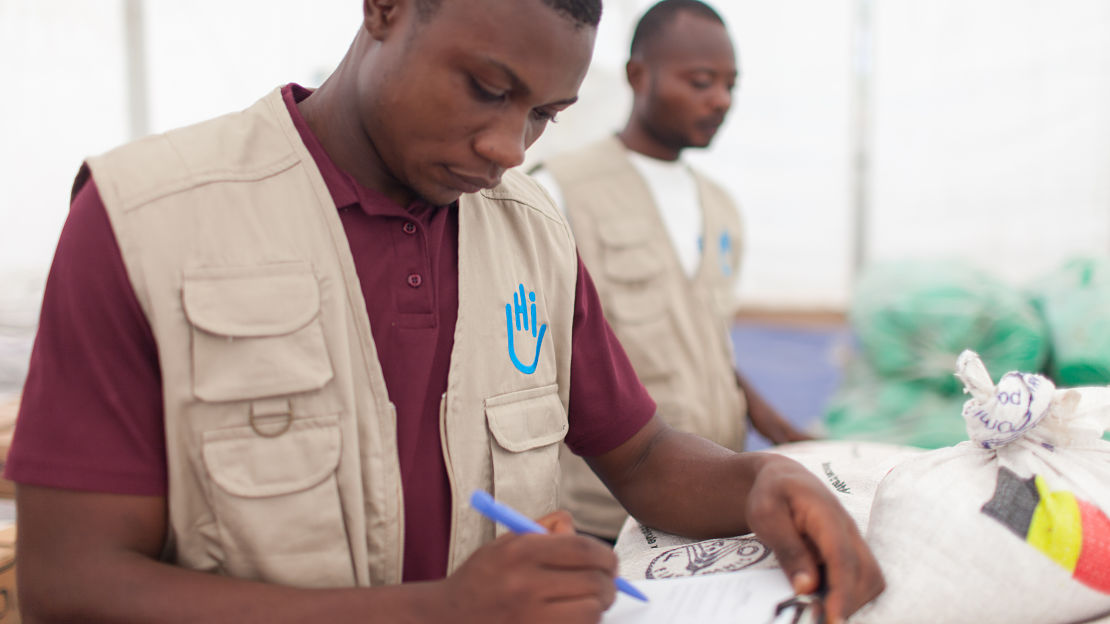



The Signal Project: Humanitarian logistics
Signal is Atlas Logistique’s project that aims to identify the degree of vulnerability and recovery capacity of communities in fragile contexts. It also makes it easier to include populations located in areas with the highest logistical constraints in humanitarian efforts, and to strengthen their resilience.
Through the analysis of "logistics vulnerability", the project mobilises logistical data as a framework for understanding vulnerability at the level of a community, a district, a region or a country.
ALLIANCE
Innovation for Humanity – Alliance between HI and INSA (the National Institute of Applied Sciences)
Today's humanitarian challenges are increasingly complex and require - more than ever - to combine scientific innovation with the capacity to act in an emergency. To meet these challenges, HI and the INSA Foundation have created the "Innovation for Humanity" Chair as part of their Alliance: a unique program in the world of higher education, research, and NGOs. Humanitarians, researchers, and students will work together to develop technical solutions to very concrete problems encountered in the humanitarian field.
Within the framework of this cooperation with INSA, HI is currently working with a doctoral student of INSA Lyon on the use of additive manufacturing technologies for functional rehabilitation.
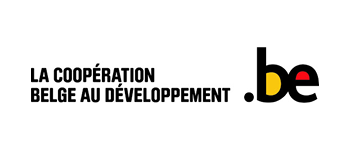



COOPÉRATION BELGE
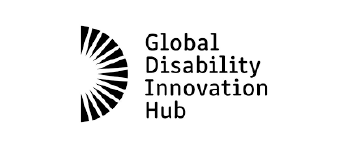



GLOBAL DISABILITY INNOVATION HUB
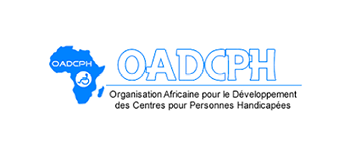



ORGANISATION AFRICAINE POUR LE DÉVELOPPEMENT DES CENTRES POUR PERSONNES HANDICAPÉES (OADCPH)




PROSFIT
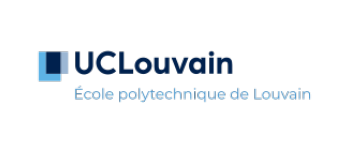



ÉCOLE POLYTECHNIQUE DE LOUVAIN (EPL)




THOMAS MORE UNIVERSITY
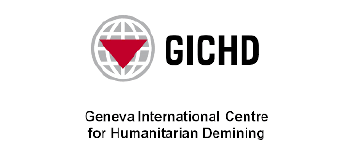



GENEVA INTERNATIONAL CENTRE FOR HUMANITARIAN DEMINING




FONDATION INSA
Horizon Prizes
In 2020, HI received double recognition for its innovation efforts and was awarded two of the five Horizon Prizes given by the European Commission for "Affordable high-tech for humanitarian aid".
AWARDS
For more information about our projects and our approach to innovation.
Pierre GALLIEN
Director of Innovation, Impact and Information
Photo: © X. Olleros / HI - © John Fardoulis / HI - © X. Olleros/ HI - B. Blondel / HI


